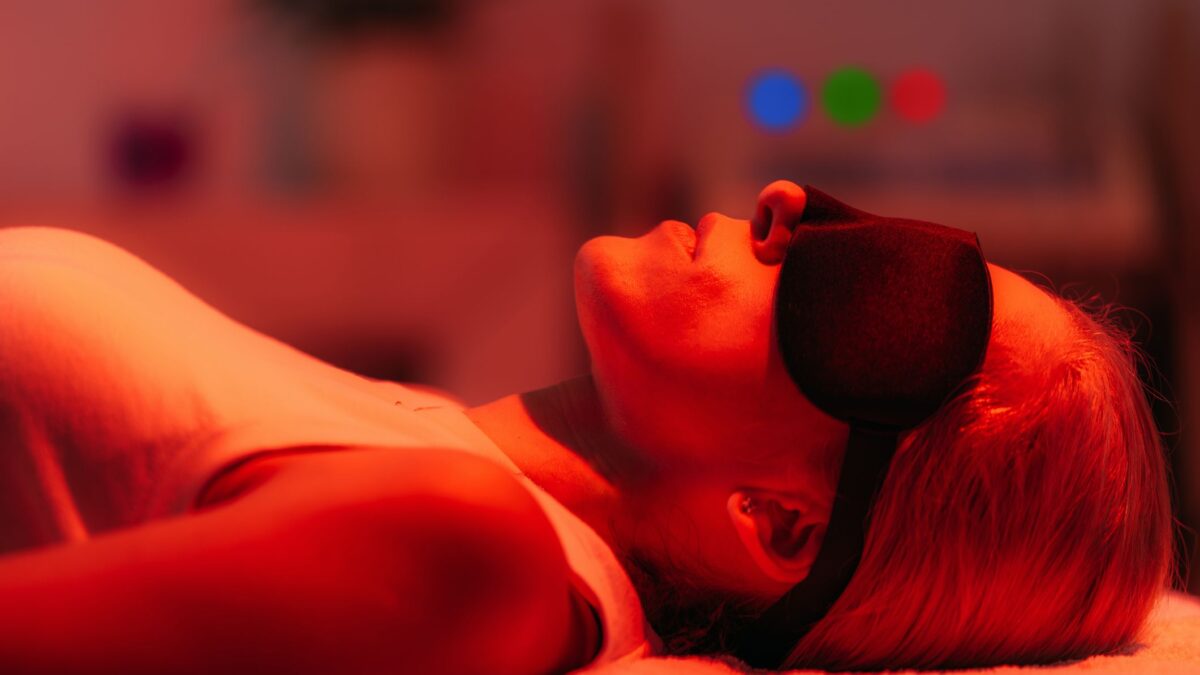In recent years, red light therapy has gained attention as a non-invasive treatment modality with a wide range of potential health benefits. From skin rejuvenation to pain relief, its applications span diverse fields, but what exactly is red light therapy, and how does it work? This article aims to shed light on the science behind this intriguing therapy.
Understanding Red Light Therapy:
Red light therapy, also known as low-level laser therapy (LLLT) or photo biomodulation (PBM), involves exposure to low levels of red or near-infrared light. Unlike the harmful ultraviolet (UV) rays of sunlight, which can damage skin cells and DNA, red light therapy utilizes wavelengths between 630 to 850 nanometers, which are known to penetrate the skin without causing harm.
Mechanism of Action:
At the cellular level, red and near-infrared light are absorbed by mitochondria, the powerhouse of cells responsible for producing adenosine triphosphate (ATP), the primary source of cellular energy. This absorption stimulates a series of biological responses, including:
- Increased ATP Production: Red light therapy enhances mitochondrial function, leading to an increase in ATP production. This surplus energy is utilized by cells to perform various functions, such as repairing damage and supporting metabolic processes.
- Reduction of Oxidative Stress: Red light therapy helps mitigate oxidative stress by promoting the production of antioxidants and scavenging free radicals. This can help protect cells from damage and inflammation.
- Modulation of Inflammatory Pathways: Red light therapy has been shown to modulate inflammatory pathways, including the suppression of pro-inflammatory cytokines and the activation of anti-inflammatory molecules. This can result in a reduction in inflammation and associated symptoms.
- Stimulation of Tissue Repair: By promoting collagen synthesis and enhancing cellular proliferation, red light therapy accelerates tissue repair and wound healing processes. This makes it particularly beneficial for skin rejuvenation and tissue regeneration.
Applications of Red Light Therapy:
The versatility of red light therapy has led to its adoption in various fields, including dermatology, sports medicine, and rehabilitation. Some common applications include:
- Skin Health: Red light therapy is used to improve skin tone and texture, reduce wrinkles and fine lines, and treat conditions such as acne, rosacea, and psoriasis.
- Pain Management: Red light therapy is effective for relieving pain associated with conditions such as arthritis, fibromyalgia, back pain, and neuropathy. It is also used in postoperative recovery and sports injuries.
- Hair Growth: Red light therapy stimulates hair follicles, promoting hair growth and reducing hair loss in conditions such as androgenetic alopecia (pattern baldness).
Conclusion:
Red light therapy offers a promising avenue for enhancing health and well-being through its ability to stimulate cellular processes and promote tissue repair. While further research is needed to fully elucidate its mechanisms and optimize treatment protocols, the growing body of evidence supports its efficacy and safety. As interest in natural and non-invasive therapies continues to rise, red light therapy stands out as a beacon of hope for those seeking alternative approaches to health and healing.


